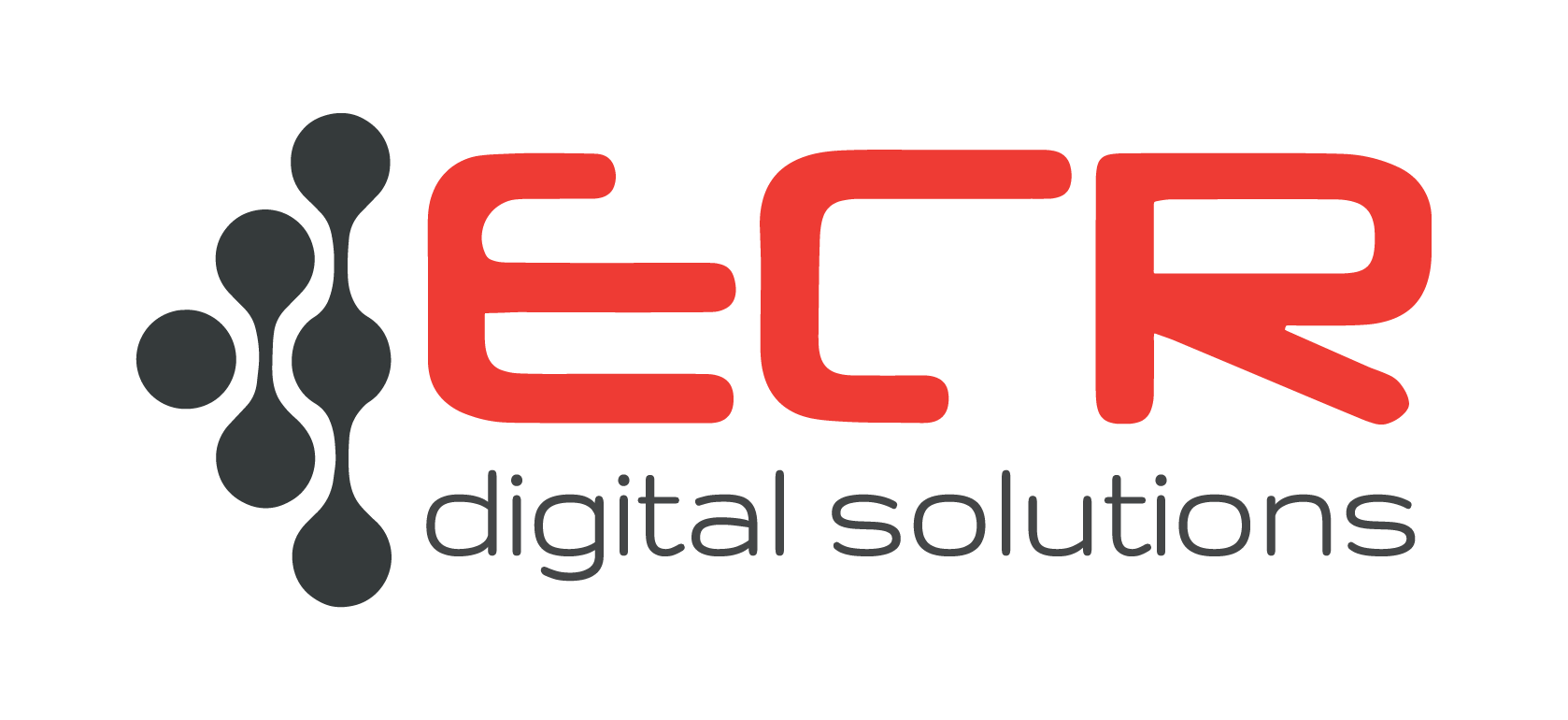Vector Database vs OLTP and OLAP: How Do They Work?
Fri 17/01/2025 10m read 944 views
A “True” Software Solution for Digital Transformation and SMEs
In an era where digital transformation is reshaping industries, businesses face mounting pressure to innovate and streamline their operations. The term “software solution” has become a buzzword, particularly for small and medium-sized enterprises (SMEs) seeking growth and efficiency. But what does it truly mean, and how can SMEs leverage it for maximum impact? Let’s explore the key aspects of software solutions tailored for digital transformation and SMEs.

What is a Software Solution?
At its core, a software solution is a digital tool or system designed to address specific business challenges by improving efficiency, enhancing collaboration, and ensuring data integrity. For SMEs, it’s a critical component of digital transformation, enabling businesses to replace manual processes with automated, scalable, and integrated systems that drive growth.
Traditional Operational Tools: Barriers to Growth
Before adopting software solutions, many SMEs rely on traditional tools that often limit scalability and efficiency:
- Excel Sheets: Useful for data organization but prone to human error and lacking real-time collaboration features.
- Emails: Effective for communication but inefficient for tracking tasks or workflows.
- Phones and OTT Messengers: Handy for instant communication but inadequate for maintaining records or ensuring accountability.
While these tools suffice for basic operations, they hinder SMEs’ ability to scale, standardize processes, and achieve seamless data synchronization—key drivers of digital transformation.
Why SMEs Need a Software Solution for Digital Transformation
Individuals and Very Small Businesses (<10 People)
For micro-businesses, adopting a full-fledged software solution may not be cost-effective. Simple tools like spreadsheets and shared drives can handle their basic workflows. However, as businesses grow, these tools quickly become inefficient and unreliable.
Small and Medium Enterprises (SMEs)
For SMEs, software solutions are pivotal to unlocking their digital transformation journey. With growing teams, increasing data complexity, and the need for collaboration across departments, software solutions offer:
- Process Standardization: Clear and consistent workflows that enhance productivity.
- Collaboration Tools: Seamless interaction between teams and stakeholders.
- Scalability: Systems that grow with the business, supporting expanding operations.
- Accountability: Defined roles and permissions to ensure secure and traceable operations.
What Does a Software Solution Include?
A robust software solution tailored for digital transformation and SMEs includes the following elements:
-
Process Digitization:
- Mapping out manual workflows and converting them into automated, digital processes.
- Enhancing scalability and adaptability to evolving business needs.
-
Role-Based Access and Permissions:
- Assigning specific roles to users to enhance data security and operational clarity.
- Ensuring only authorized personnel access sensitive information.
-
Data Integration and Real-Time Access:
- Centralizing data for consistency and accuracy.
- Providing real-time insights for better decision-making.
-
Collaboration and Communication Tools:
- Enabling integrated task management and communication within the platform.
- Promoting transparency and accountability across teams.
-
Scalable ERP Systems:
- Enterprise Resource Planning (ERP) solutions that unify functions like finance, inventory, HR, and sales.
- Tailored modules designed to meet the specific needs of SMEs.
Benefits of Software Solutions for SMEs
By implementing a software solution, SMEs can:
- Reduce operational costs through automation.
- Improve decision-making with real-time data insights.
- Enhance customer satisfaction by streamlining service delivery.
- Achieve compliance with industry standards and regulations.
Illustrative Scenarios:
-
Inventory Optimization and Strategic Stock Management:
- A burgeoning retail SME integrates an ERP system to oversee inventory levels dynamically, circumventing costly stockouts and surplus.
- Automated reorder notifications streamline procurement, optimizing cash flow and ensuring continuity in operations.
-
Enhanced Customer Engagement through CRM Systems:
- A service-oriented SME leverages a sophisticated CRM to centralize client interactions, meticulously track sales leads, and foster unparalleled customer loyalty.
- By aligning with advanced marketing automation tools, the business tailors campaigns with precision, significantly boosting revenue streams.
-
Streamlined Financial Operations:
- A manufacturing SME adopts advanced accounting software to eliminate manual invoicing errors, meticulously track cash flows, and uphold stringent compliance with fiscal regulations.
- Comprehensive financial dashboards empower leadership with real-time analytics, enabling data-driven, strategic decisions.
-
Seamless Team Collaboration and Productivity Gains:
- A forward-thinking marketing agency deploys an intuitive collaboration platform, ensuring flawless task allocation, meticulous project tracking, and accelerated goal attainment.
- Enhanced remote team connectivity fosters cohesion, mitigates project delays, and propels productivity metrics to new heights.
Conclusion
For SMEs embarking on their digital transformation journey, adopting the right software solution is a game-changer. From streamlining processes to enabling growth, these solutions provide the foundation for success in a competitive landscape. The key is to choose a solution tailored to your business’s size, industry, and goals. In today’s fast-paced digital economy, investing in a robust software solution or ERP system is not just an option—it’s a necessity for sustainable growth.
Related articles










